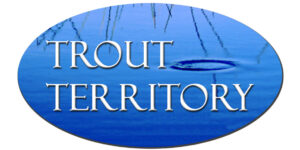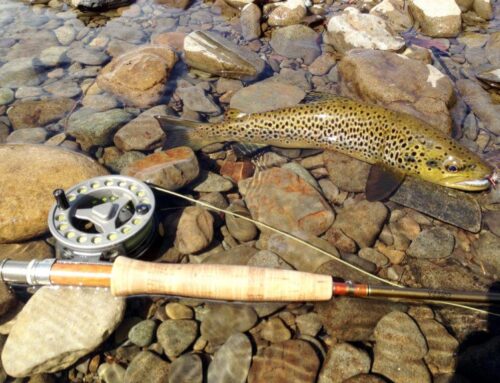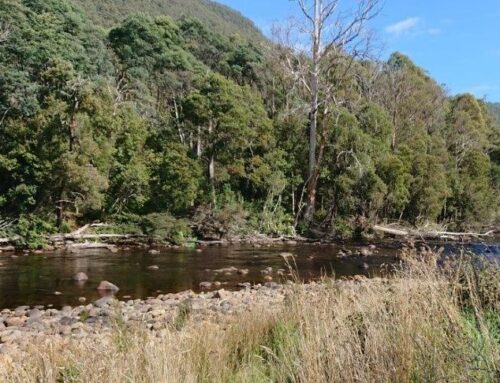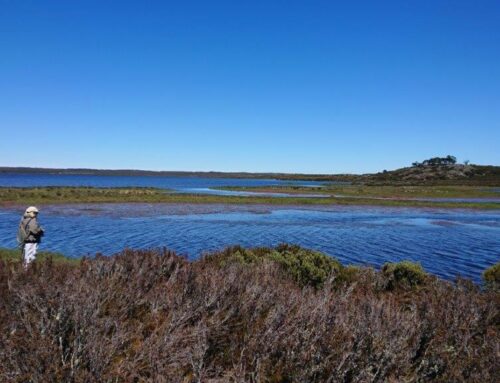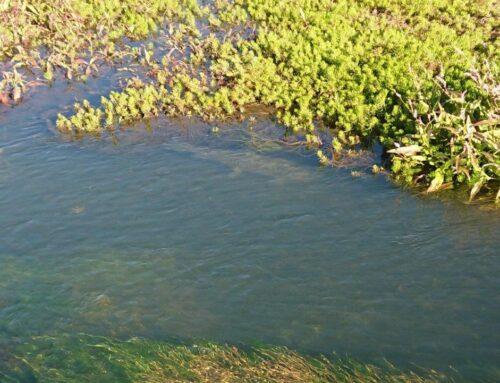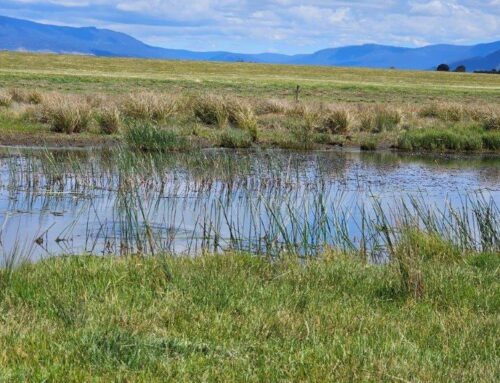Rivers – casting, stream craft, and fly fishing
Fly fishing rivers starts off on opening day at the beginning of August in the lowlands around Cressy. In mild conditions there is always a chance of a fish on the dry, especially in the smaller streams.
Other well known waters around Cressy, such as Brumbys Creek, fishing will be collecting snail and depending on water levels, there can be some good tailing and mooching activity.
In years when we have floods the Macquarie River has many backwaters and ditches where the trout can be found patrolling, collecting worms and grubs. A Wigram’s Robin and a fur fly are a couple of favourites in sizes 12 – 8.
Toward the end of August and early September the first stone fly are hatching on Brumbys Creek. Into September and October mayfly activity gets into full swing on many of the streams in the north of Tasmania, such as Brumbys Creek, Macquarie River, Lake River and St Patrick’s to name a few favourites.
On the cooler days snails, scud, caddis patterns suspended under a dry can work quite well.
The well known mayfly of the brown dun emerges in overcast, drizzly conditions as water levels recede on the Macquarie. They return as the famous Red Spinner to lay their eggs during the calmer, warmer days.
Various other mayfly species of smaller sizes such as the baetids and caenids are hatching on the lowland rivers before the real summer heat settles in. Of course rainfall and cooler conditions towards summer can prolong these hatches. By this time on a number of the warm days, especially from October onwards, beetle falls can be an occasional to regular occurrence.
Through the hottest periods, as far as the rivers are concerned, time is best spent looking for cool flows through the Brumbys Creek tailrace, or St Patrick’s River with its generous bank-side vegetation providing shade over riffle along with more consistent terrestrial insects such as grasshoppers and beetles.
As the season begins to cool off a little, many good days of dry fly activity with trout sipping down ants and a resurgence of mayfly into March and April rounds the season off nicely.
Fly Casting – Rivers
Fly casting nurtured in the river environment often leads to the greatest skills, especially for tight, accurate casts.
Casting on the lawn and on open, slow flowing water is a good place to get the feel for a rod and how to get the line to do what you want.
The effects of wind is another challenge to be dealt with, on how it affects the airborne line during the cast and the presentation.
Current strength, direction on a stream or river determines how the fly and the line behave.
Obstacles, trees, floating debris, long grasses, fences, overhanging branches.
Stream Craft – Rivers
Bank-side and aquatic vegetation, geography, geology are pretty much fixed factors. The climate, water level, temperature, rate of flow are in constant change, which in turn alters things such as dissolved oxygen level, life cycle and abundance of various species of creatures within the habitat.
I learned at the beginning of my fly fishing journey that to stop on arrival at any given stream and watch, move slowly, watch some more, all the while putting gear together, is a much more profitable exercise than just jumping in and throwing a line. Take the time to observe things like the insect life that is present, the trout that are rising, or lack of, the lay of the stream and where the fish are or may be. The approach for arrival at the water, a walking or wading route, a line control strategy for casting (trees, wind, water flow etc.)
As you travel up a river and read the river, fish the river and enjoy the fishing, you notice that there are pockets of water, and sometimes stretches of water with few fish, and there are other areas where fish populations are more abundant. This is down to some of the fine detail of how the whole ecosystem works.
Upstream nymphing
When fish are just no-where near the surface and still willing to feed, this method will undo a number of trout. Upstream nymphing, in the most basic form, would use a leader length of anywhere from let’s say, 7ft through to 15ft or more, depending on the clarity, depth, pace and nature of the water being fished. The fly, weighted or unweighted, according to these things, would be cast directly upstream, using good line control to watch the end of the fly line, or an indicator anywhere along the leader (could also help to govern the depth of the fly through its drift). This could also even be a purpose built indicator or a dry fly.
The technique is to work a consistent line length, covering all the likely positions in a stream where a fish may be lying, to get a natural drift close to the zone where the fish may be lying, and to move steadily upstream, through the water or on the back, to cover new ground. You are coming from behind the fish.
For novices, it is important to remember the trout will always face into the oncoming current. There are times that the trout appears to be facing downstream or across stream. This happens if the fish is holding position in an eddy, or deeper down where the current may be different as it moves around rocks or logs etc. The fish will still be facing into the oncoming current.
